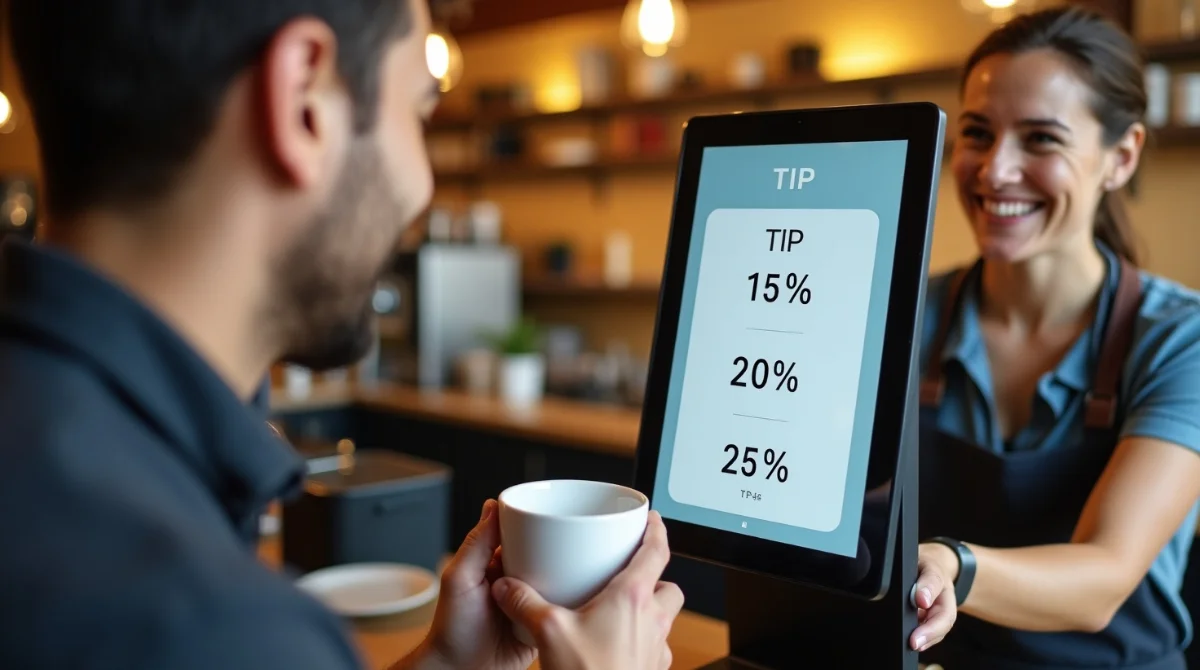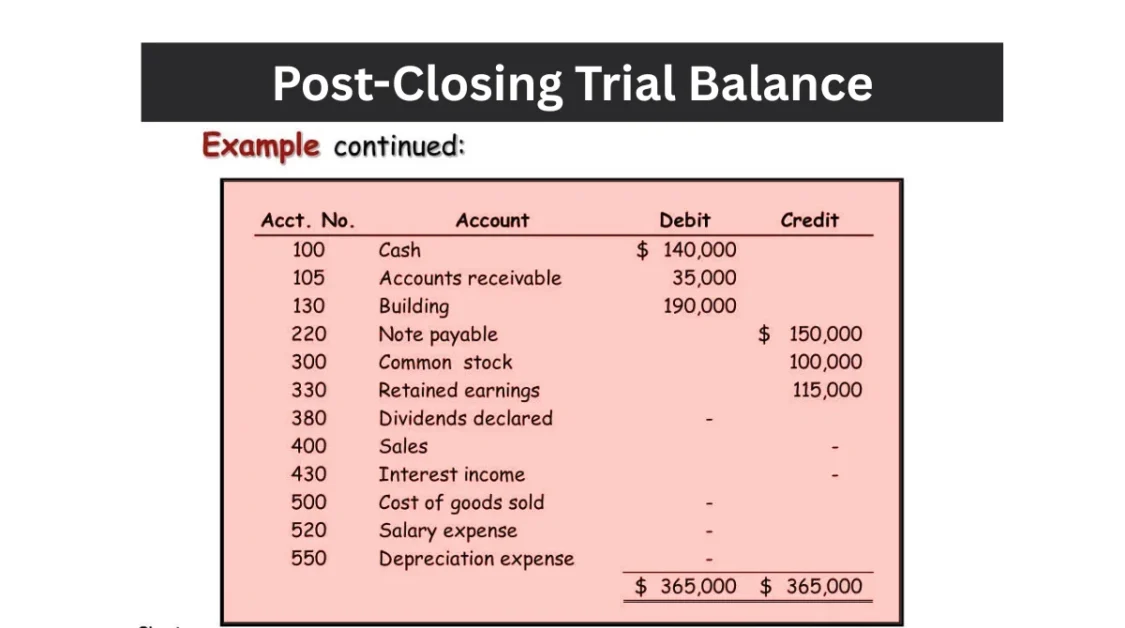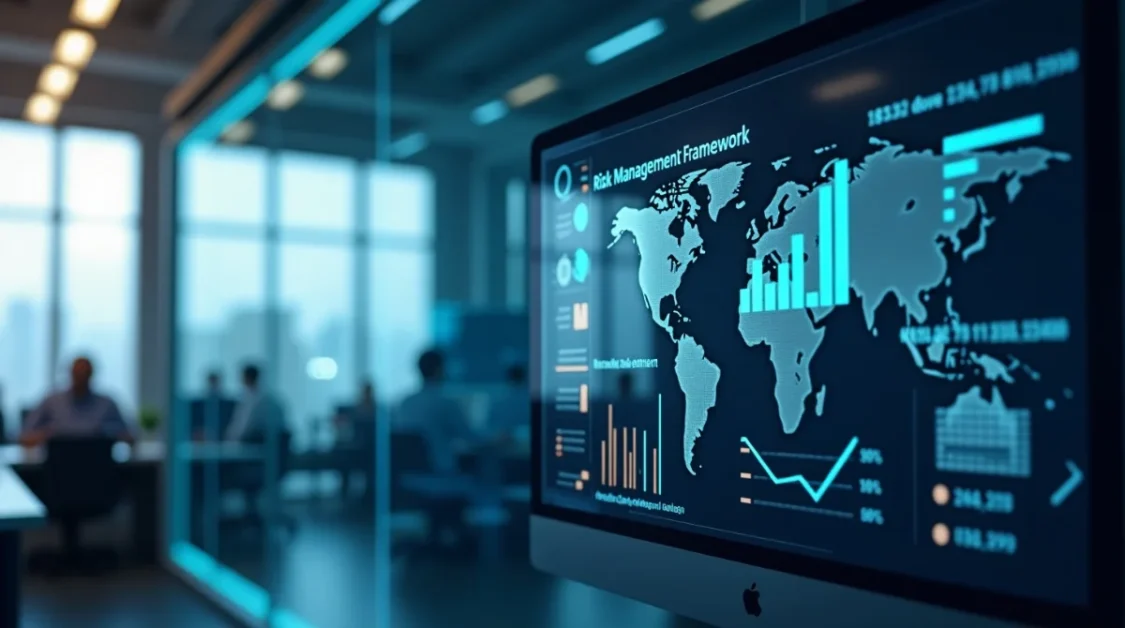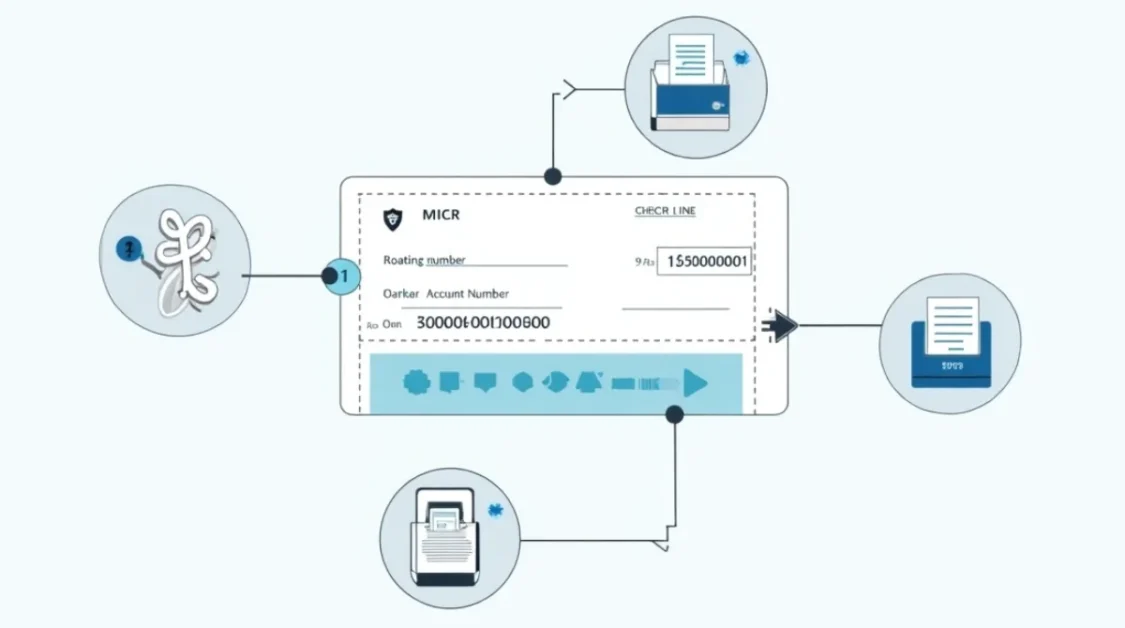In the contemporary digital era, there has been a significant change in the way we handle money. The invention of tip screens, which revolutionized the conventional tipping procedure, is one noteworthy development. These digital interfaces, which provide a smooth and effective means for clients to express gratitude for services received, are already ubiquitous in many service sectors.
What Is a Tip Screen?
Customers can leave a tip during the checkout process by using a tip screen, a digital interface built into payment systems. These panels usually offer pre-set tipping options, such 15%, 20%, or 25%, and frequently have a feature that allows you to customize the amount. They are intended to make tipping more efficient, particularly as cash transactions decline in frequency.
The Evolution of Tipping
Tipping was traditionally done by leaving money on the table or giving it to the service provider directly. The tipping procedure has changed as contactless transactions and digital payment technologies have become more popular. In order to streamline and effectively promote tipping, tip screens were created.
Why Are Tip Screens Becoming More Popular?
1. Convenience and Cashless Transactions
Businesses required a tipping system that operated without cash because card payments and digital wallets now account for the majority of transactions. Tip screens make it easy for customers to reward excellent service by enabling smooth gratuity increments.
2. Encouraging Higher Tips
Studies show that customers are more inclined to tip when they are presented with preset tipping options.If consumers had to manually enter their tipping amount, they might not have thought to leave one, but digital prompts gently encourage them to do so.
3. Transparency for Service Workers
Tipping is now more transparent for employees thanks to the widespread use of computerized tip distribution. To help clients understand where their money is going, some tipping screens even display the distribution of tips among personnel.
4. Customizable Options
Businesses can establish tipping percentages according to service type using digital tip screens. For instance, quick-service restaurants might set lower recommendations, whereas full-service restaurants might default at 20%.
Where Are Tip Screens Commonly Used?
1. Food and Beverage Industry
The food and beverage business makes extensive use of tip displays, especially in delivery services, cafes, and restaurants. These displays provide preset tip percentages for convenience and make it simple for clients to add tips to their bill. Given that patrons are more inclined to tip when provided with a convenient, digital option, it has emerged as a crucial means for waitstaff and delivery drivers to boost their earnings.
2. Ride-Sharing and Transportation
Tipping screens have been added to the payment systems of ride-sharing services such as Uber and Lyft. The app allows users to quickly tip drivers without spending cash after a trip.This digital solution gives customers an easy, seamless way to express gratitude for excellent service, and also benefits drivers who depend on tips as a portion of their revenue.
3. Hotels and Hospitality
To make it simpler for visitors to express gratitude to hotel employees, including bellhops, housekeepers, and concierges, tipping screens are being implemented by hotels. These panels make it simple for visitors to leave tips without using cash for services like luggage assistance or room cleaning. This solution helps employees receive gratuities more regularly by making the tipping procedure more open and transparent.
4. Personal Care Services
In personal care businesses like spas, salons, and barbershops, tipping screens are becoming more and more common. With the touch of a button, clients can now tip massage therapists, hair stylists, and estheticians. Depending on the level of service, they can frequently select from predetermined tip amounts. This makes it easier for wait staff to get tips and guarantees that patrons feel free to tip without using cash.
5. Event Management
Tipping screens are used in the event management industry to enable guests to leave tips for service providers like event staff, caterers, and security guards. At conferences or weddings, these screens make it simple for attendees to recognize and thank those who deliver exceptional service. By streamlining the procedure and eliminating the need for actual cash handling during events, tipping screens help guarantee that all employees receive just compensation for their labor.
Benefits of Tip Screens
1. Increased Tips
Tipping rates are frequently significantly higher in establishments that use tip screens. Customers are encouraged to leave a higher percentage than they may have in a cash-only situation because it’s simple to choose how much to tip.
2. Improved Operational Efficiency
Tip screens cut down on the amount of time spent handling and calculating cash by automating the tipping procedure. Because of this efficiency, employees may concentrate more on offering top-notch customer service rather than handling payment processes.
3. Enhanced Data Collection
Businesses can gather useful information about tipping trends with the aid of tip screens. Marketing plans, employee training, and operational enhancements can all benefit from an understanding of client tipping habits.
4. Customer Retention
Having a satisfying payment experience can help you keep customers. When customers feel valued and appreciated, they are more likely to come back and recommend the company to others.
Challenges with Tip Screens
1. Pressure to Tip
Particularly when placed in public areas like cafes or retail stores, tip screens have the potential to instill a sense of duty. Social pressure may result from customers feeling awkward about refusing to tip when the screen asks them to. Even if the service wasn’t worth it, this may cause customers to tip more than they had planned to.
2. Confusion Over Expectations
When tip screens are placed in establishments like fast-food restaurants or retail stores, where tipping isn’t customarily required, it can cause confusion. Consumers may hesitate or become frustrated throughout the checkout process if they are unsure if tipping is required.
3. Technical Issues
Tip displays can occasionally malfunction, just like any other piece of technology. Significant delays and annoyance may result from screen freezes, payment system breakdowns, or other process issues. Both clients and staff may have a bad experience as a result of these problems.
Best Practices for Using Tip Screens
1. Check the Suggested Tip Percentages
Before selecting a tip amount, look at the suggested percentages on a tip screen.Standard alternatives like 15%, 20%, and 25% are displayed on the majority of screens. These recommendations are merely recommendations. The default sums are not required to be accepted. When determining how much to tip, take into account the level of service you received.
2. Consider the Quality of Service
A nice gratuity is due for good service. If the waiter or employee went above and above, think about leaving a large tip. On the other hand, modify the tip appropriately if the service was inadequate. Don’t base your tip solely on the final bill; consider the work that went into the service.
3. Use the Custom Option
You can enter a specific sum or percentage using the custom option seen on many tip displays. Do not hesitate to use this feature if you believe the pre-set selections do not accurately reflect the tip you meant. You can always tip exactly what you think is acceptable since it gives you greater flexibility.
4. Be Mindful of Industry Standards
Tips are expected differently in different sectors. Although tip displays frequently show industry standards, it’s still a good idea to find out what the standard tipping customs are for the service you’re getting. For example, a coffee shop barista could anticipate a smaller tip than a restaurant server, who might anticipate 15-20%.
Tip When Appropriate
Tipping is not necessary for every service. Tipping may not always be anticipated, such as while making purchases or at self-service locations. Before using the tip screen, always confirm that a tip is expected in the circumstance.
Digital Tipping vs Traditional Tipping
Tipping was typically done in cash prior to the widespread use of digital payments. After receiving a haircut, a client might hand over some change or leave a few bucks on the table. Tipping has now also gone digital thanks to credit cards, smartphone payments, and internet services. The primary distinction is that digital tips are transparent and tracked. This lowers the possibility of misplaced tips and facilitates income reporting. However, because cash tips can be pocketed right away, some individuals still prefer them. Although each approach has advantages and disadvantages, the digital approach is growing in popularity every day.
Conclusion
In the digital age, tip displays have completely changed how we tip. They provide clients with ease and service providers with transparency by effortlessly integrating into payment systems. The advantages they provide in terms of higher tips, improved customer satisfaction, and operational efficiency outweigh the drawbacks, which include possible tip pressure and technological difficulties. Tip screens will probably become an increasingly more essential component of our everyday contacts with service sectors as digital transactions continue to take the lead.



